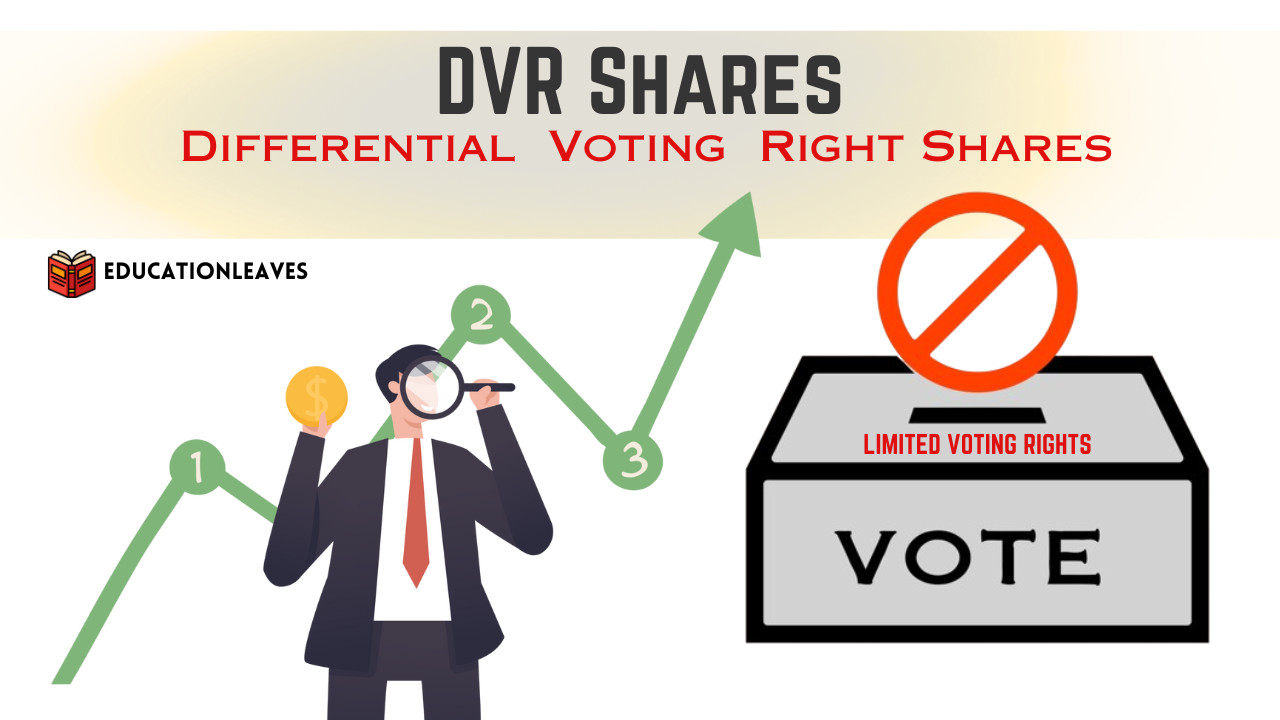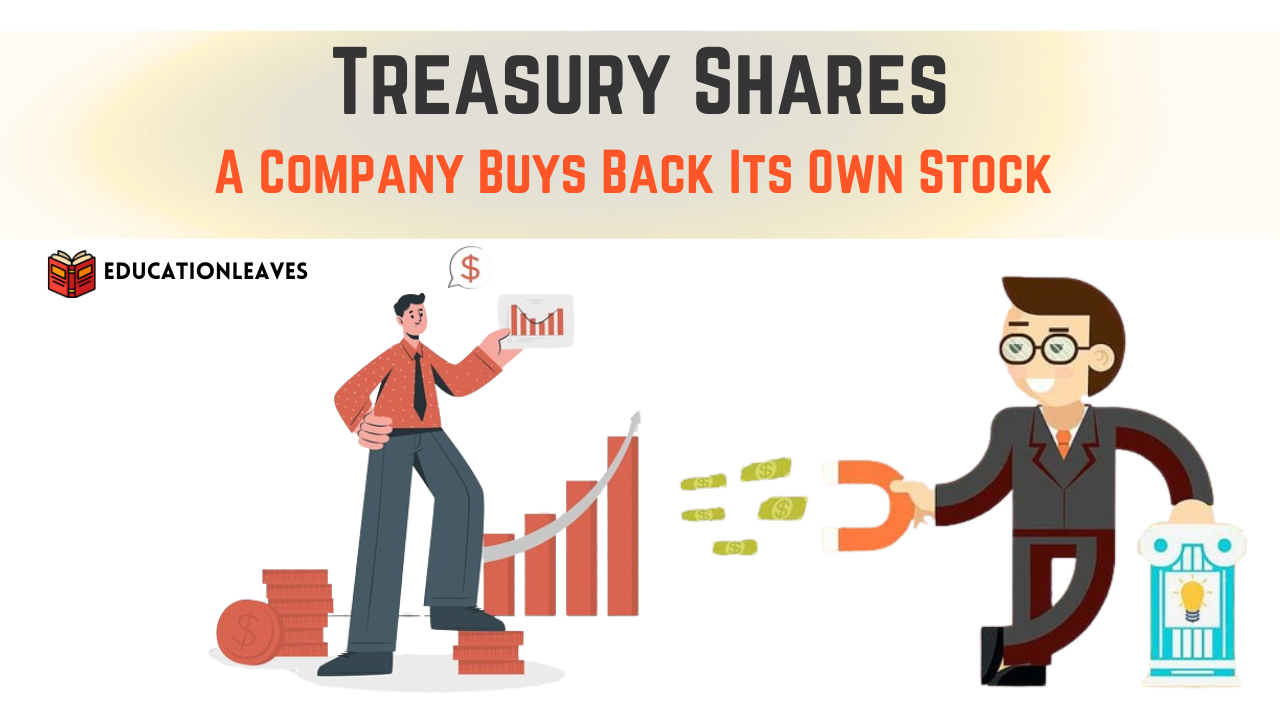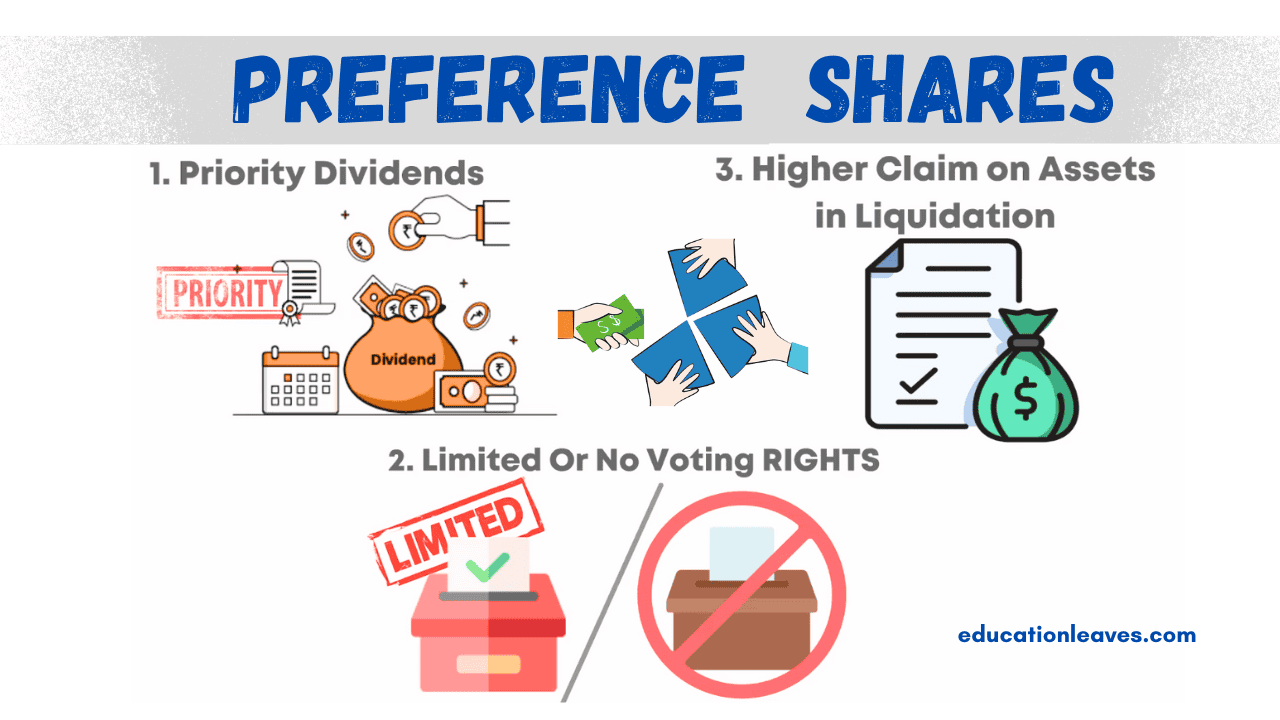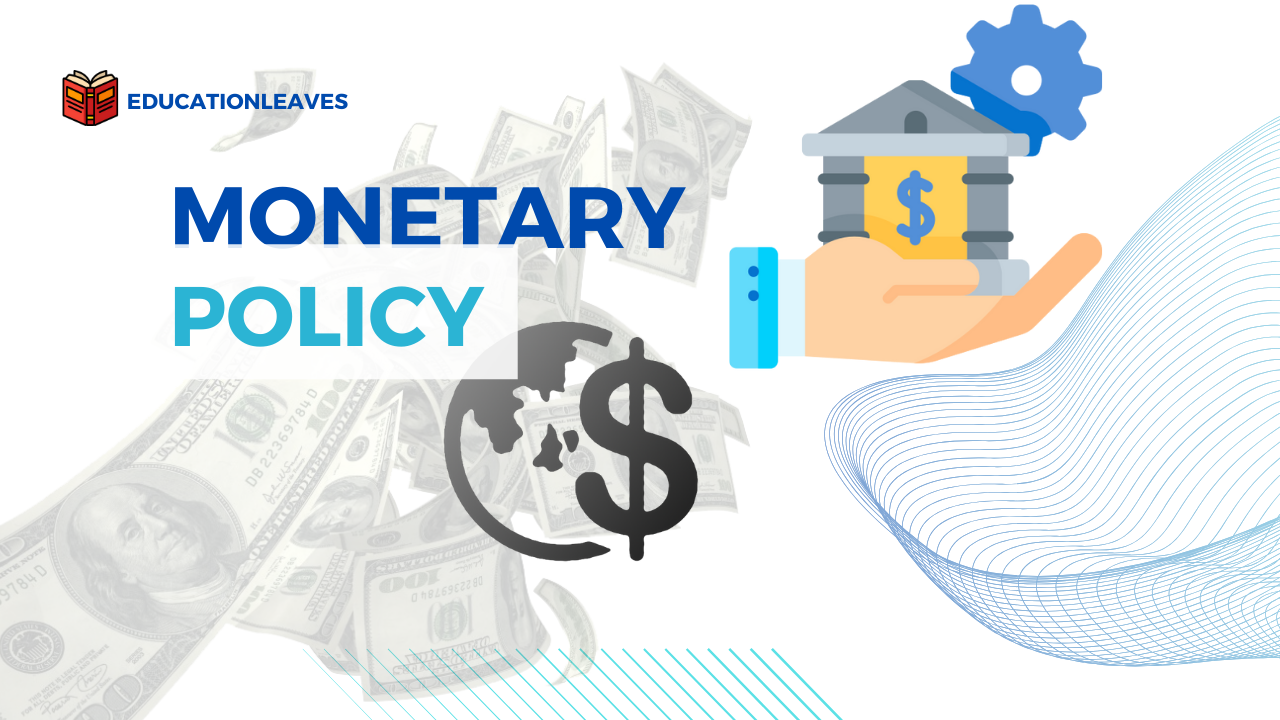What is Marketing Communication? Process, 7Ps, Key Roles, Medium, And How to Implement | PDF Inside
Marketing communication is the process of building and maintaining relationships with customers through various channels. It involves conveying information about a product or service to potential and existing customers, with the goal of influencing their thoughts, feelings, and behaviors.










